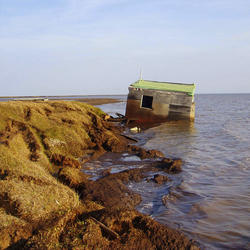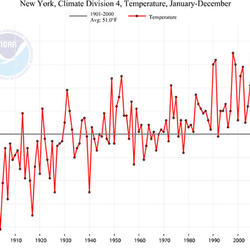Land cover change in the northern Dallas-Fort Worth area from 1985-2023 as shown by Annual NLCD Collection 1.0
Land cover change in the northern Dallas-Fort Worth area from 1985-2023 as shown by Annual NLCD Collection 1.0An animation of images from the Annual National Land Cover Database (NLCD) for every year from 1985 through 2023 showing land cover changes and the progression of growth of urban areas (in red) in the northern Dallas-Fort Worth, Texas, metropolitan area.


















